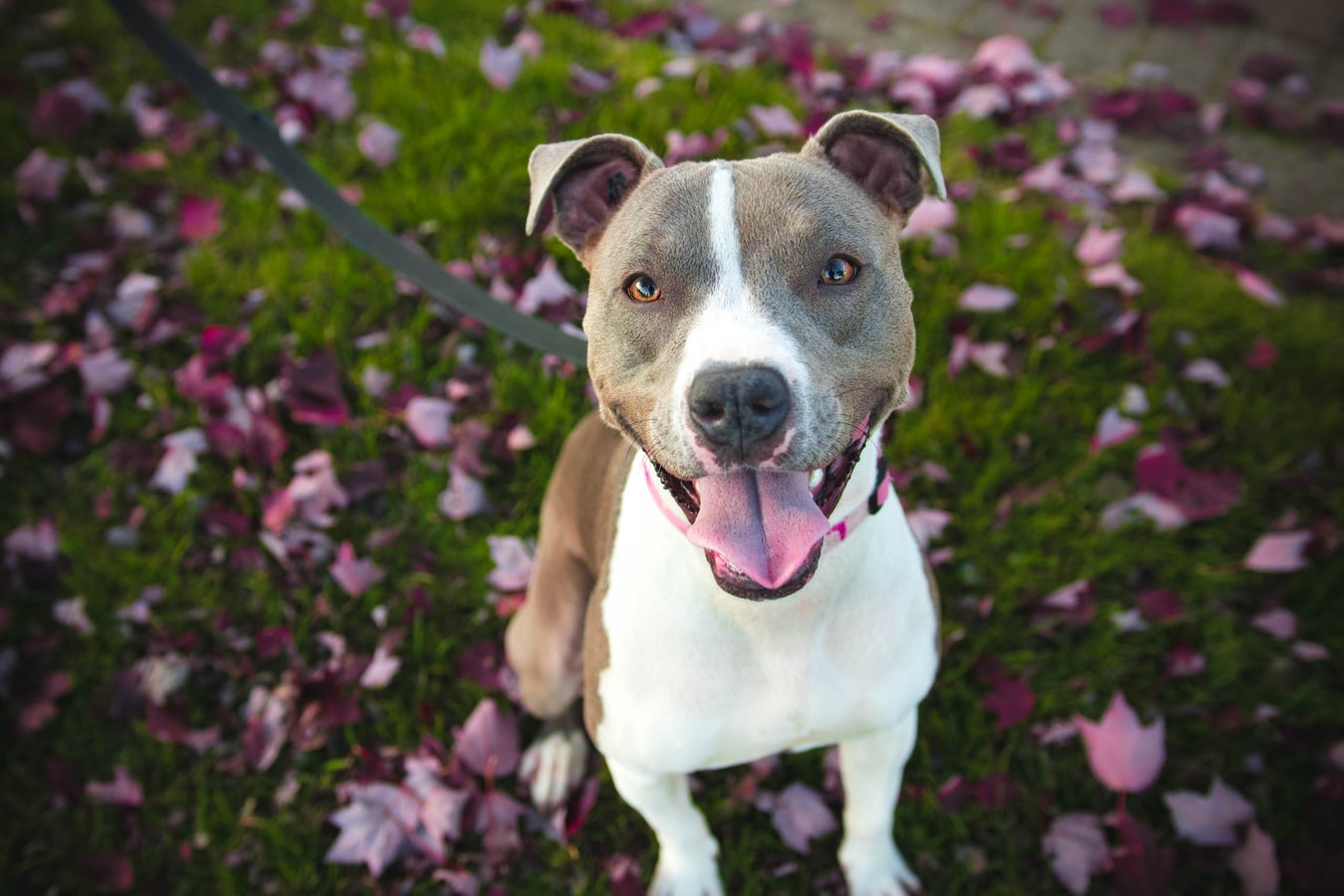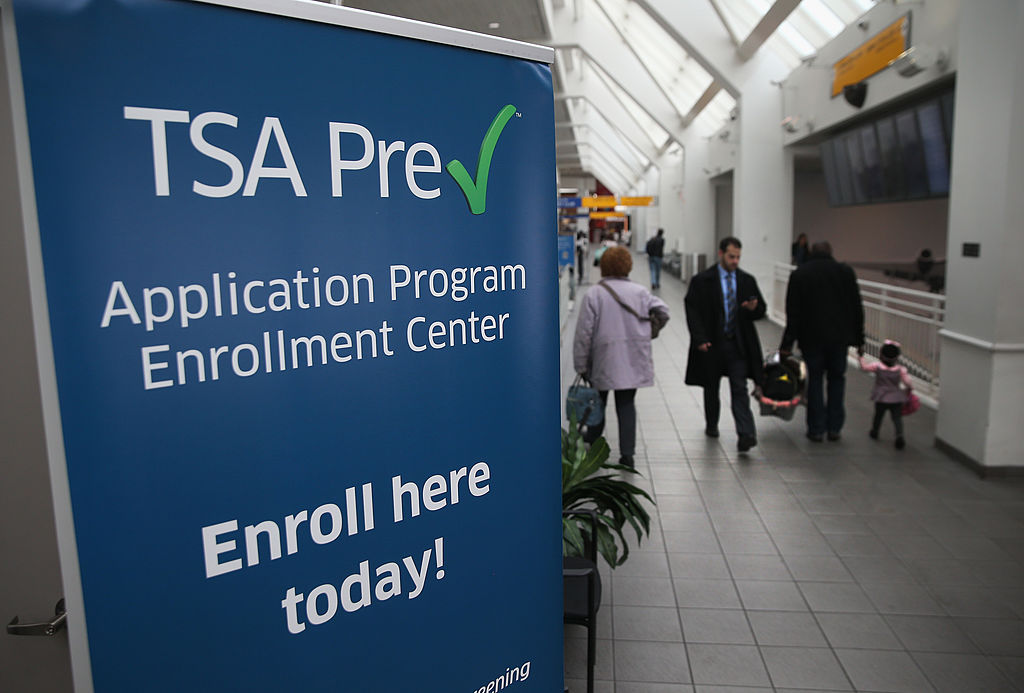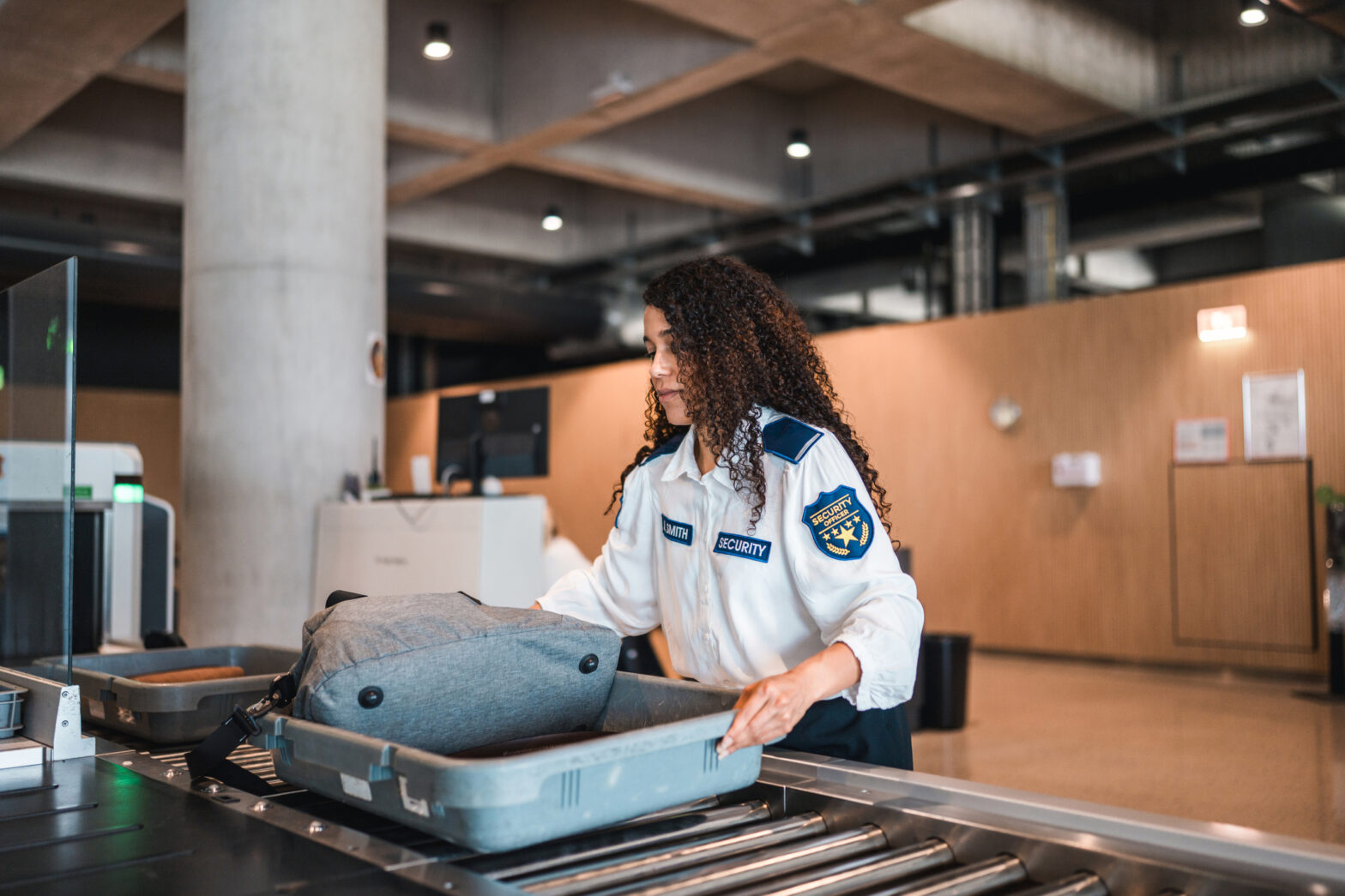When visiting different cities while traveling, it is highly likely that you’ve noticed what are considered domesticated animals, such as cats and dogs, living on the streets. If you’re an animal lover, this could be a difficult thing to see.
“Seeing animals on the street can be a shock to Western travelers,” said Erika Abrams, one of the founders of Animal Aid Unlimited in Udaipur, India. “The lives of street animals, also called community animals, can be extremely hard, but they can also be full of joy.”
While you may want to pet some cute animals, that isn’t always the best idea. However, there are higher risks when it comes to handling stray animals in countries outside of North America.
“If you see any animal suffering, don’t walk by, but make an effort,” said Lisa Chastain, shelter manager at the Progressive Animal Welfare Society in Washington state. “Sometimes just giving food and water can go a long way.”
Before You Go
Understand the resources available for animals in the country you’re visiting before you arrive. Find forums and groups on Facebook, reach out to the Humane Society International and expat groups that could potentially assist within your destination.

Most of these cities may not have the resources we are used to in America. Donating leashes and collars, over-the-counter treatments, skin ointments, cleaning supplies, and stress relievers could provide the much-needed help the animals need.
The animals we see in other countries may not have homes, but we shouldn’t assume they aren’t taken care of. In many cases, the community takes care of the animals. Caretakers take it upon themselves to feed them, give them water, and bond with them.
“Consider the cultural differences,” said Erika Flores, the Mexico-based project manager and veterinary adviser for Latin America and the Caribbean with the International Fund for Animal Welfare. “If an animal is roaming the streets, it may be a community dog and not lost or needing help.”
The best way to determine if cats and dogs have caretakers is to check for a collar or a tag, the animal’s physique or if the ears are clipped.
“If the community dogs look like they are in good health, let them be,” Henry said. “Please don’t take the dogs.”
Street Animal Culture Defined

Now, on the other hand, to tell whether an animal is malnourished, check for signs of missing fur, visible wounds or the animal’s posture. After ensuring that the animal does not belong to the community, you should contact the local shelter or vet.
Feed Cats and Dogs In A Dish, Away From Your Stay
Never hand-feed an animal. Don’t risk the likelihood of getting bitten or scratched.
Also, make sure that you are feeding the animals appropriate food. Get dog food and cat food because you don’t want to risk the animal’s health more than it could be.
“If I don’t have anything with me, I will go to the nearest empanada stand and crack [the exterior] open,” said Maureen Cattieu, the founder and director of Cartagena Paws in Colombia.
Be Cautious For Rabies
If you end up engaging with the animals, you should wash your hands immediately after and wash your clothes in the washing machine.
However, don’t be extremely worried. The possibility of picking up a disease is “extremely low,” Julien said. “You are more likely to catch something on a plane.”

The biggest threat when it comes to these animals is rabies. The disease itself is almost 100 percent fatal, and the majority of the time, transmitted by dogs. CDC claims that rabies kills close to 60,000 people annually around the globe. Before heading to your destinations, make sure to check the CDC website to know which countries have a high risk of rabies.
Experts say an animal infected with rabies will show signs of the disease. They will look as if they’re choking, appear disoriented, or act very aggressively toward people. If you run across an animal with these behaviors, you take a picture and report the animal to the authorities. If, for some bad luck, an animal does happen to bite you, wash the wound with water and soap and keep the water running for at least 15 minutes.
After cleaning, you should visit a doctor to ensure you aren’t infected.
How To Help Street Cats and Dogs
If the animal seems to be sick or suffering, do not try to catch the animal. Unless you’ve had the training to treat stray animals, we recommend you leave it to the experts.
It is best to figure out how to transport the dog to the nearest clinic or animal hospital, but dropping the animal off at a shelter wouldn’t help. It’s more than likely they wouldn’t have the resources to take him in.
The best way to get help is to take a photo of the animal and keep a record of where you found that animal. Try not to scare the animal into traffic or keep it from running off somewhere. If possible, stay with the animal at a distance until help arrives.





